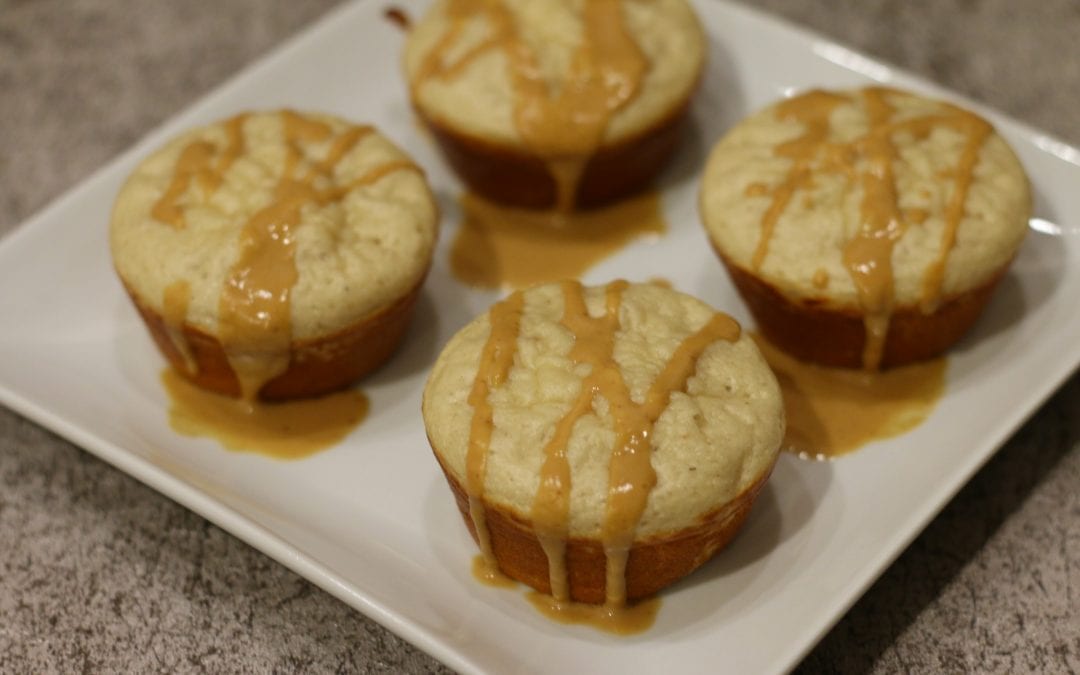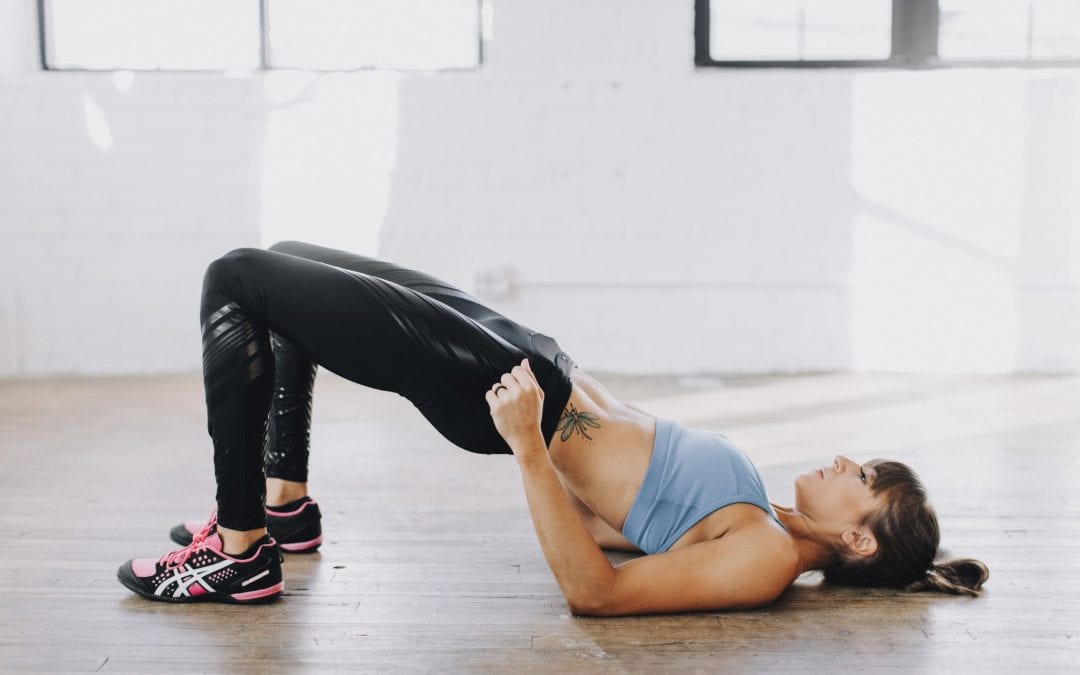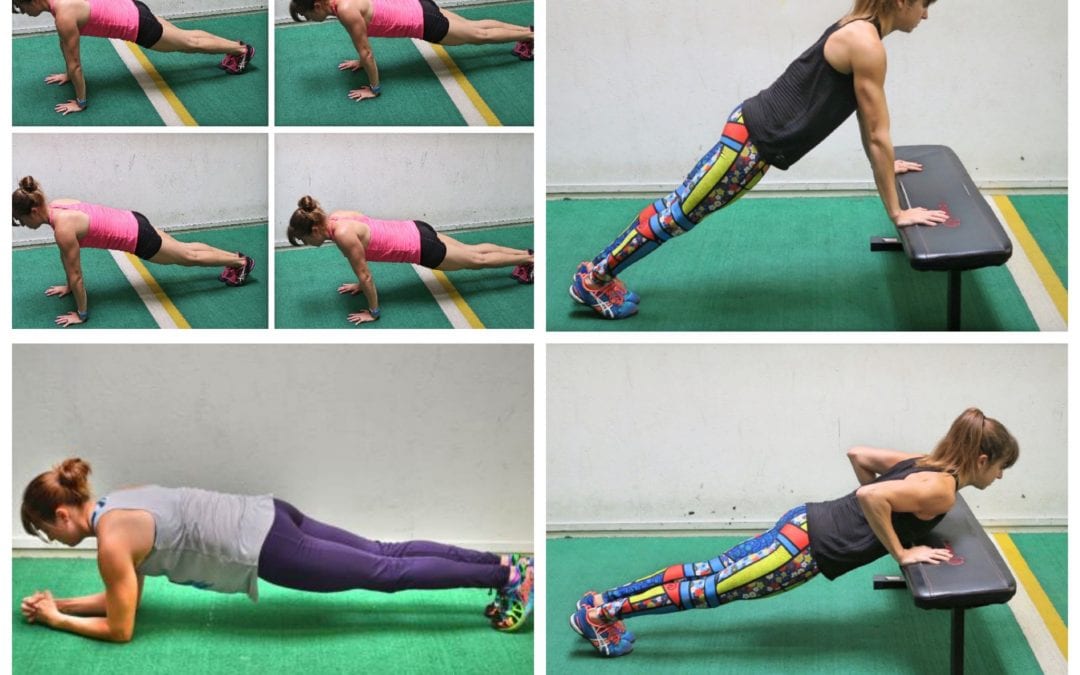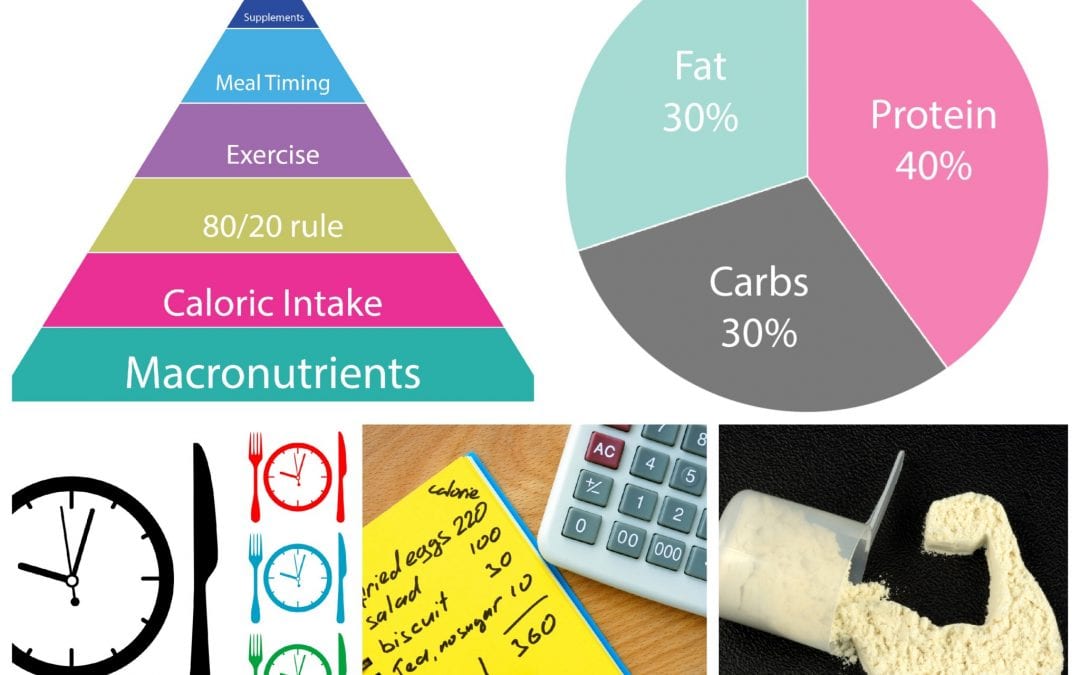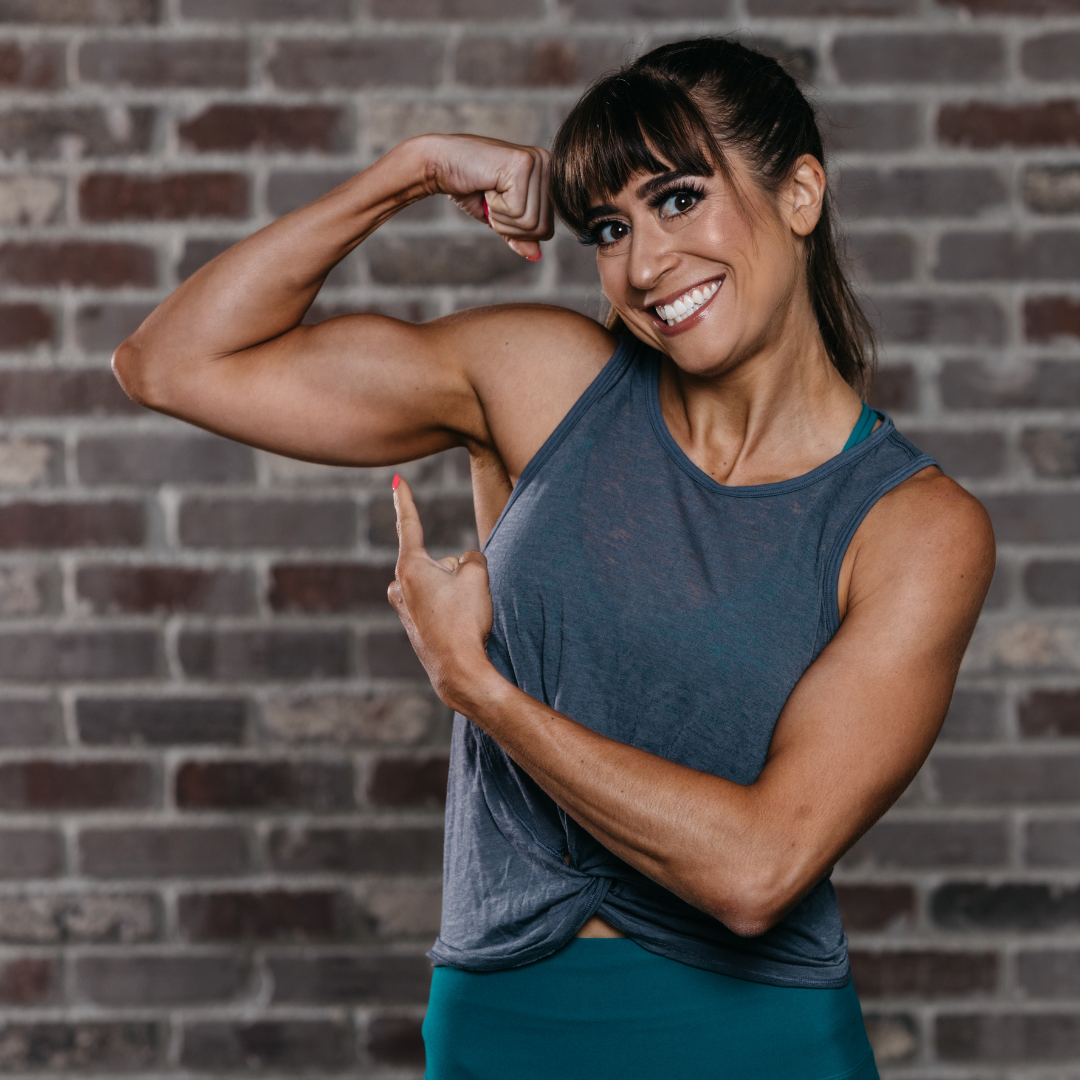
by Cori Lefkowith | Jan 17, 2018 | Diet, Recipes
Want to lose weight? Or maybe you’re tired of that little bit of body fat that seem to cling to your belly or thighs no matter what you do!? Well let me tell you….depriving yourself of all of the foods you love is not the way to get the results you...

by Cori Lefkowith | Jan 15, 2018 | Blog, Butt, Exercises
Glute bridges are a basic bodyweight move. People will even say, “These are easy!” And think they are beyond that basic bodyweight exercise. But guess what!? All too often people aren’t doing them correctly! AND even the most advanced exerciser needs...

by Cori Lefkowith | Jan 12, 2018 | Blog, Bodyweight, Exercises, Push Ups
To improve your Push Ups, you’ve got to actually practice doing them. The problem is…So many of us do them wrong to start! We have poor form and don’t engage the correct muscles so we are stuck at a modified variation FOREVER. Or we try and progress too quickly...

by Cori Lefkowith | Jan 9, 2018 | Blog, Diet
I get asked all the time about meal timing, and supplements, and micronutrients and this and that latest antioxidant (or whatever craze there is currently) when people are struggling to lose weight or that last little bit of stubborn belly fat. They STRESS over those...
